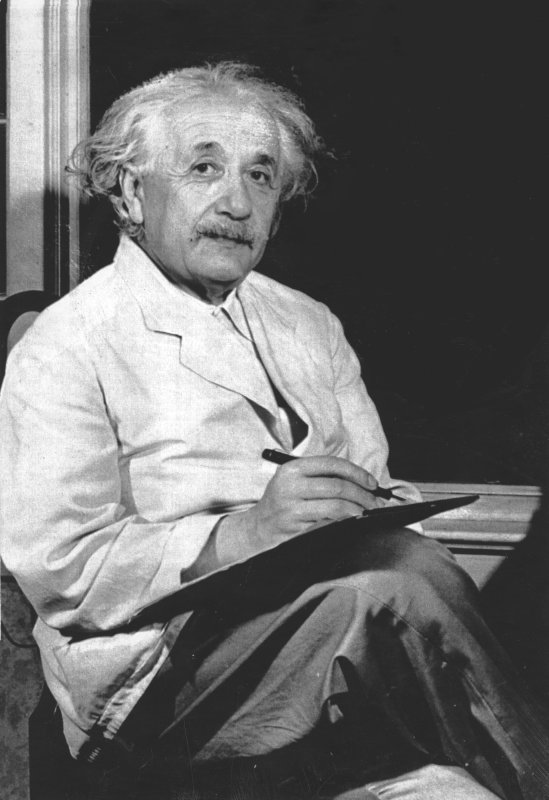AMSTERDAM, Netherlands, June 23 (UPI) -- A Dutch-led study suggests the largest of the universe's black holes might feed in a manner similar to that used by the smallest ones.
The study, led by Sera Markoff of the Astronomical Institute at the University of Amsterdam, used data from the U.S. National Aeronautics and Space Administration's Chandra X-ray Observatory, as well as ground-based telescopes.















